During our several visits to the town of Mauban, Quezon and its Cagbalete Island, we would always pass by the municipality of Tayabas. The only remarkable feature of this city, as far as we could remember, is a Spanish colonial era arch bridge that was no longer being used to carry traffic. Little did we know that we were missing a lot by not spending some time touring Tayabas.
The times that we stopped at Tayabas were simply for dining at the Kamayan Sa Palaisdaan Restaurant, a favorite stopover for those traveling through the city. Recently, we went to this restaurant with some love ones after spending the night at Nina’s uncle and aunt’s retirement home in Tiaong, Quezon. Kamayan sa Palaisdaan is an Instagramable place with several native huts on bamboo rafts sitting on ponds inside the compound. Lush greenery and even a manmade waterfall completed the idyllic scenery. The food, however, was another matter. Although we’ve enjoyed their fare during the previous times we’ve been here, for some reason it did not live up to our expectations this time around.

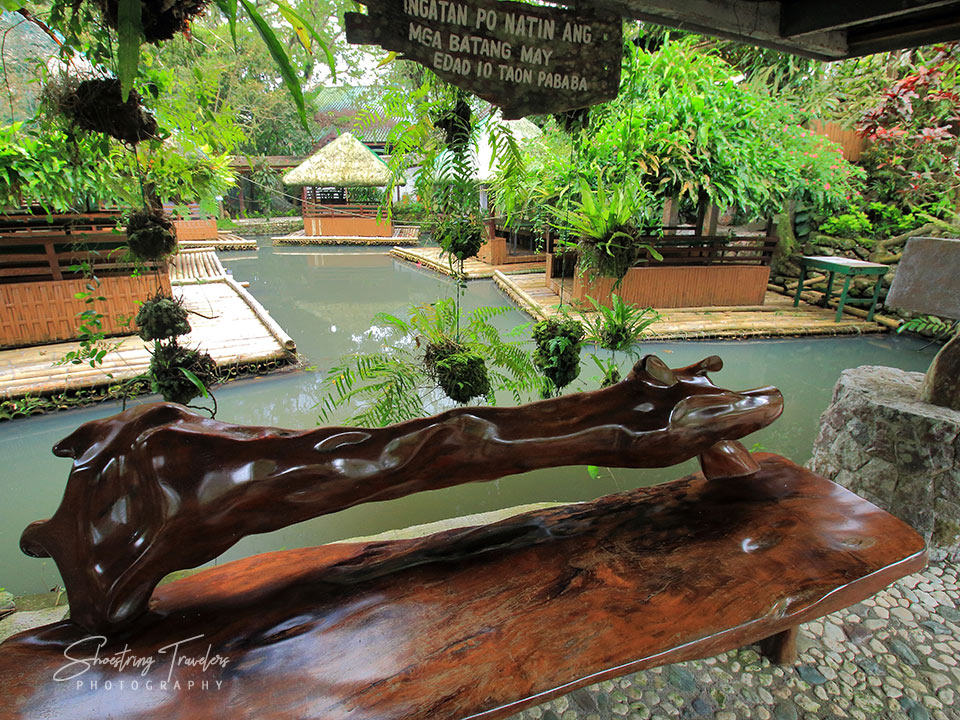
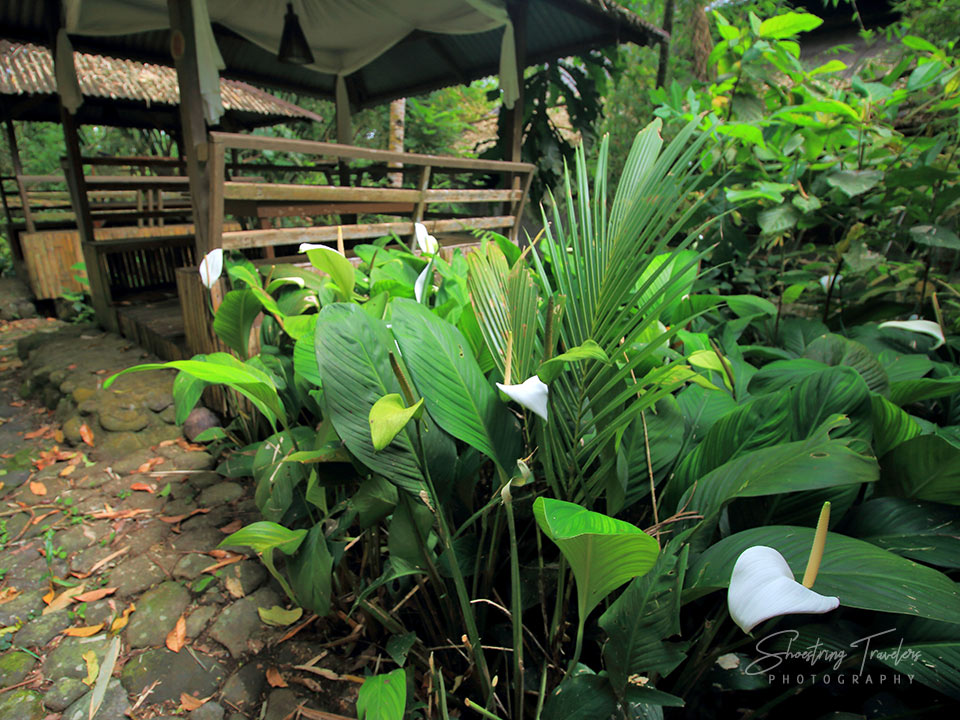
Lunch over we began looking online for a café as we drove to Tayabas city proper. Nina’s nephew pointed us to a resort just outside town that included a café. Graceland Estates and Country Club is a posh 11-hectare resort located at the eco-tourism district of Tayabas. We thought it might be an exclusive resort but still took our chances. The guard on duty, however, mentioned that it was now open to the public.

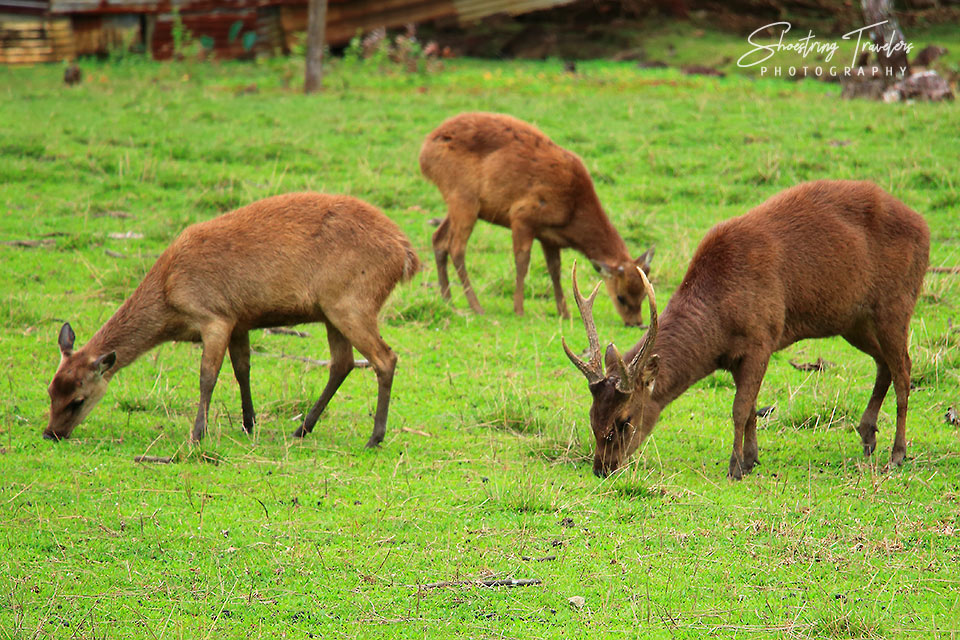
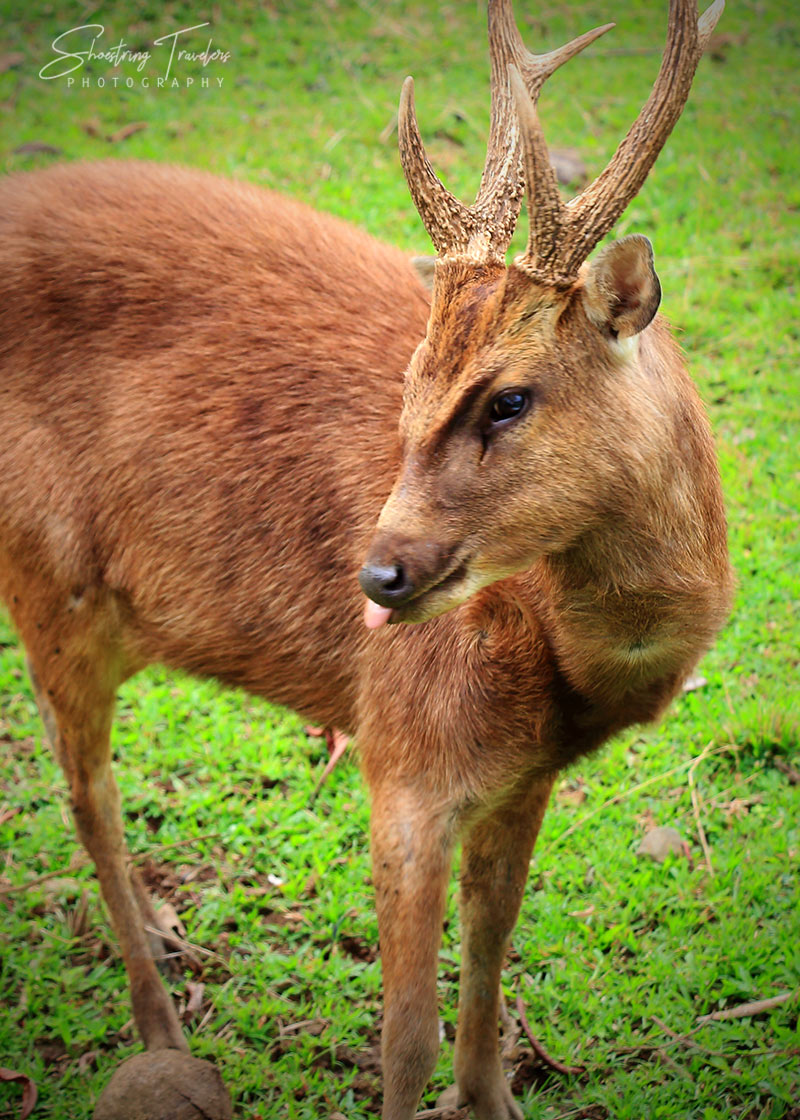
Driving inside Graceland, we were surprised to see a herd of deer inside a fenced field located just beside the Memphis Cafe & Grille. After parking at the latter, we immediately hopped over to the deer farm to come face to face with a herd of Philippine deer. Some of the deer appeared jumpy at first but settled down upon realizing that we were not a threat. One of them – a doe – even approached Leo at the fence and obliged him when he fed her leaves from a shrub nearby.
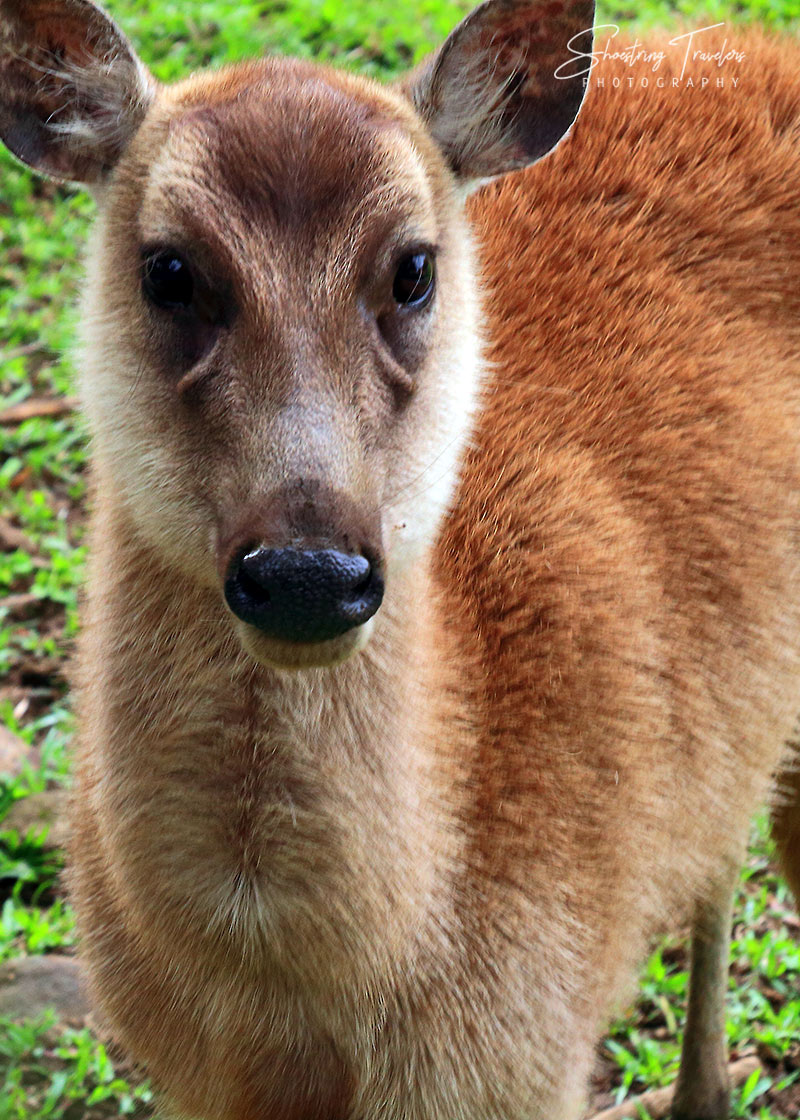


The Philippine deer, also known as the Philippine sambar or Philippine brown deer is endemic to the country and used to be found all over the archipelago. However, excessive hunting and forest denudation have combined to classify it as a vulnerable species. It has been declared extinct in Dinagat and Siargao Islands and is possibly extinct in Biliran, Bohol and Marinduque. Deer are not a common sight in the Philippines anymore which is why our interest was immediately piqued upon seeing them from the car, even if these were deer raised at a farm.
Graceland got its name from Elvis Presley’s mansion in Memphis, Tennessee. The owners are said to be big Elvis fans. One can easily see that in how several of the facilities are named such as Memphis Cafe & Grille where we had coffee and dessert. (Their coffee and turon – fried banana rolls – were excellent by the way.) We were only here for the coffee but had we stayed longer there are several things we can do besides staying at one of their villas or apartelle rooms: boating, horseback riding, biking, fishing, paddle boating, kayaking, basketball, volleyball, tennis and golf. There is also a serene and beautiful lagoon which may be viewed from the Memphis Cafe & Grille and which may be explored by kayak or paddle boat.

Graceland was a wonderful side trip but we really wanted to visit the city proper of Tayabas. There, in the center of town, is the Minor Basilica of St. Michael the Archangel, the biggest Catholic Church building in the province of Quezon. This church has the longest aisle in the country, with its floor plan resembling a key hence the local name Susì ng Tayabas (key of Tayabas). It has a clock in the belfry, which is thought to be one of the oldest in Asia.
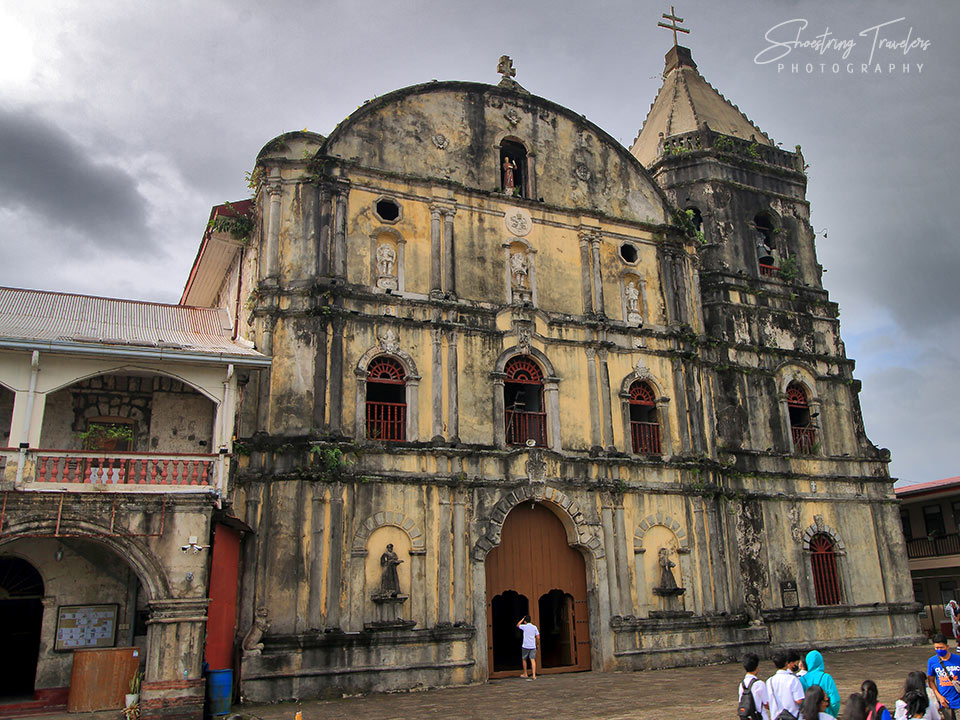
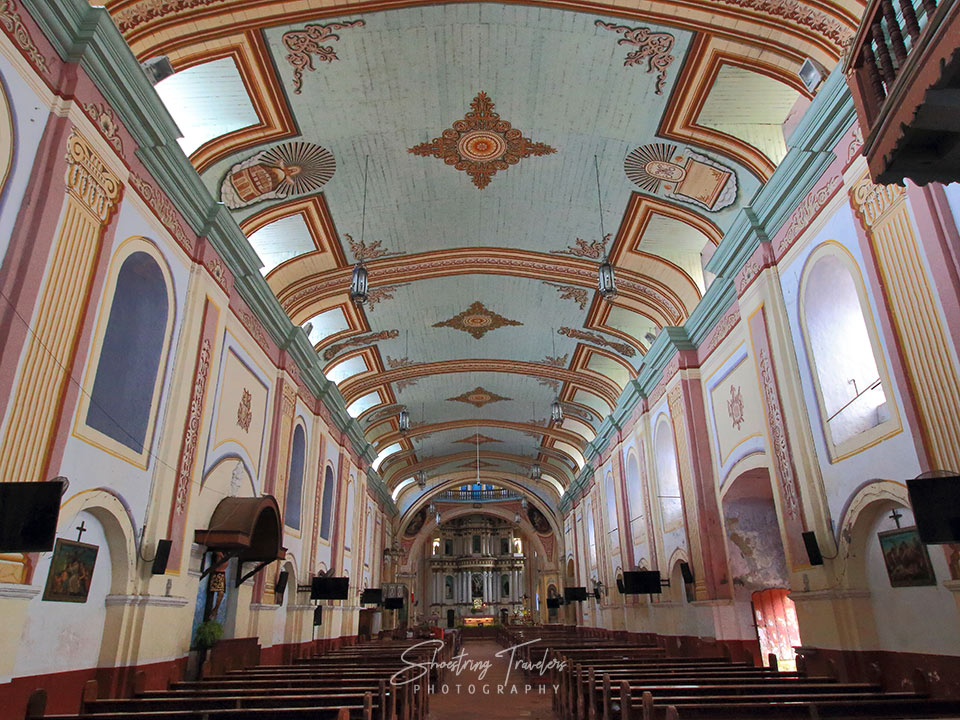
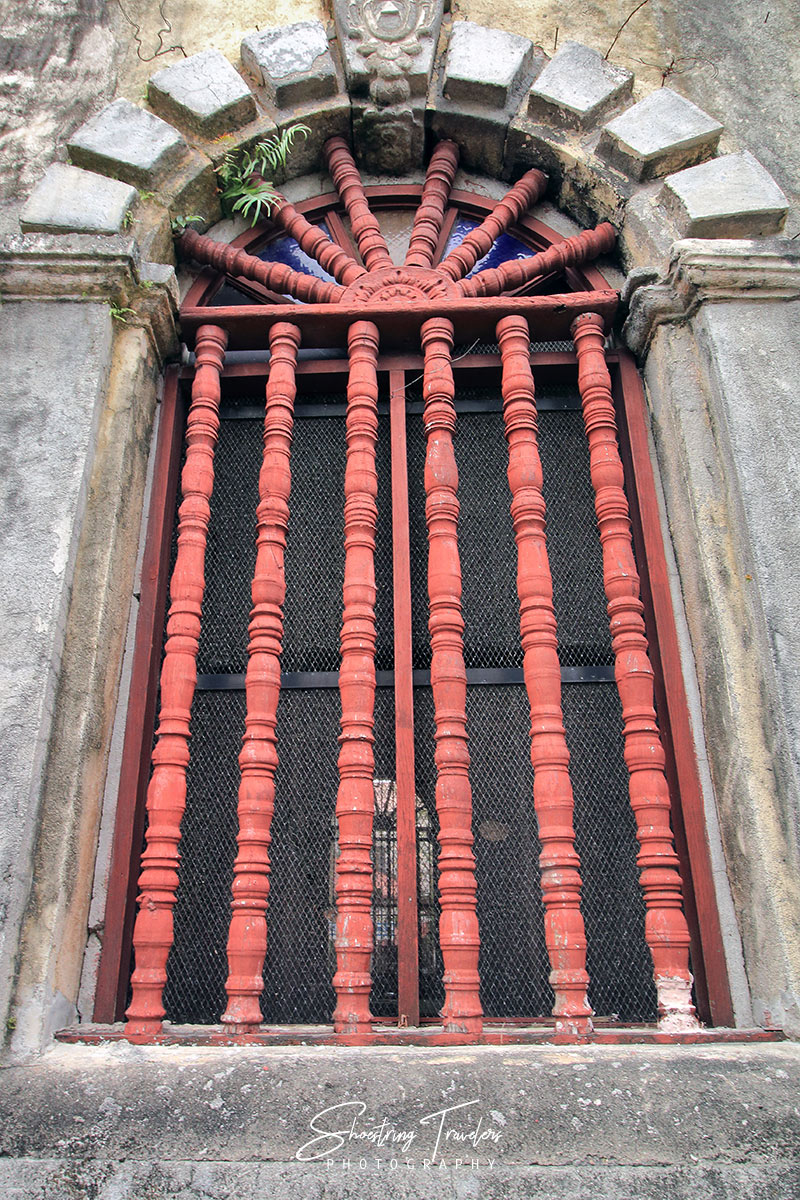
Like most Spanish-era Roman Catholic churches in the country, the Minor Basilica of St. Michael the Archangel was first built using light materials (bamboo, nipa and anahaw) between 1580 and 1585. Rebuilt using bricks in 1600, this church was destroyed by the powerful 1743 earthquake. It was rebuilt and extended, then further expanded between 1856 and 1866. The church as it stands now had its last major repair and renovation in 1894. An example of Baroque architecture, this church was declared a National Cultural Treasure by the National Museum of the Philippines in 2001.
Walking around the vicinity of the church and the municipal hall we almost did not see any typical Spanish era bahay-na-bato house or even early 20th-century American colonial era houses similar to those in Pila and Pagsanjan in Laguna. This was a mild surprise since Tayabas was a prominent town in the province during those periods. Perhaps this was due to World War 2 which affected many towns in the Southern Tagalog region including Tayabas. With one exception, however.
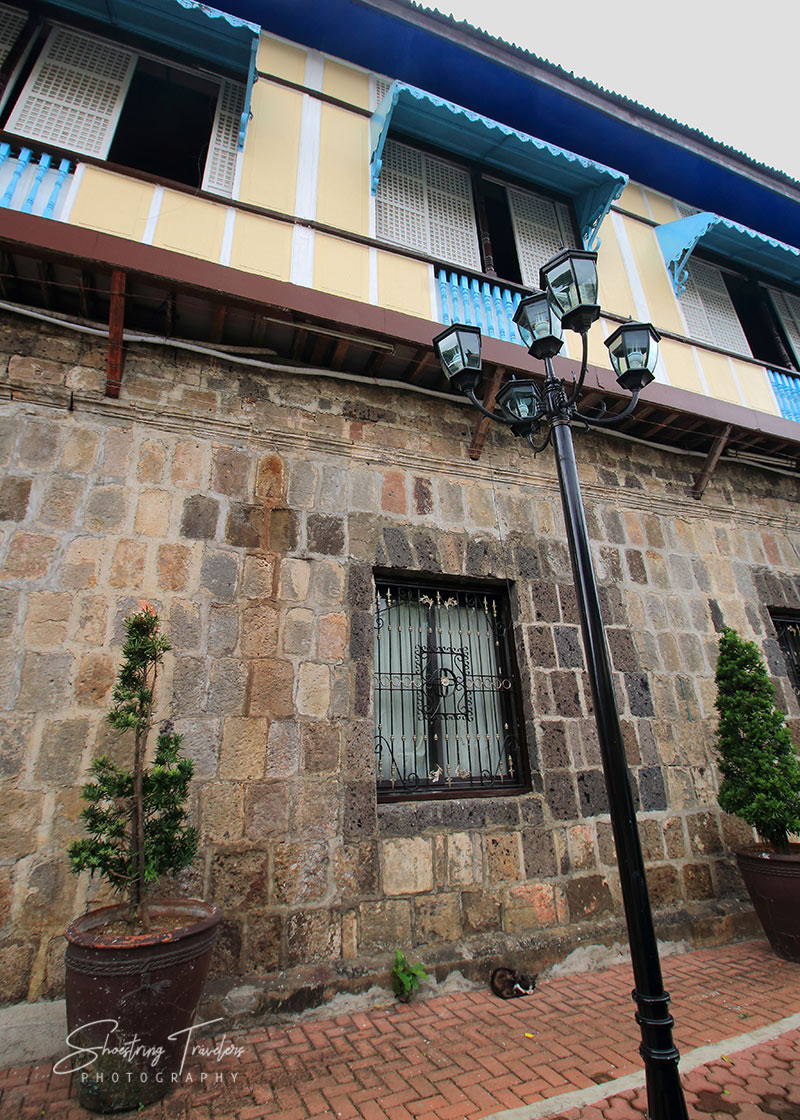
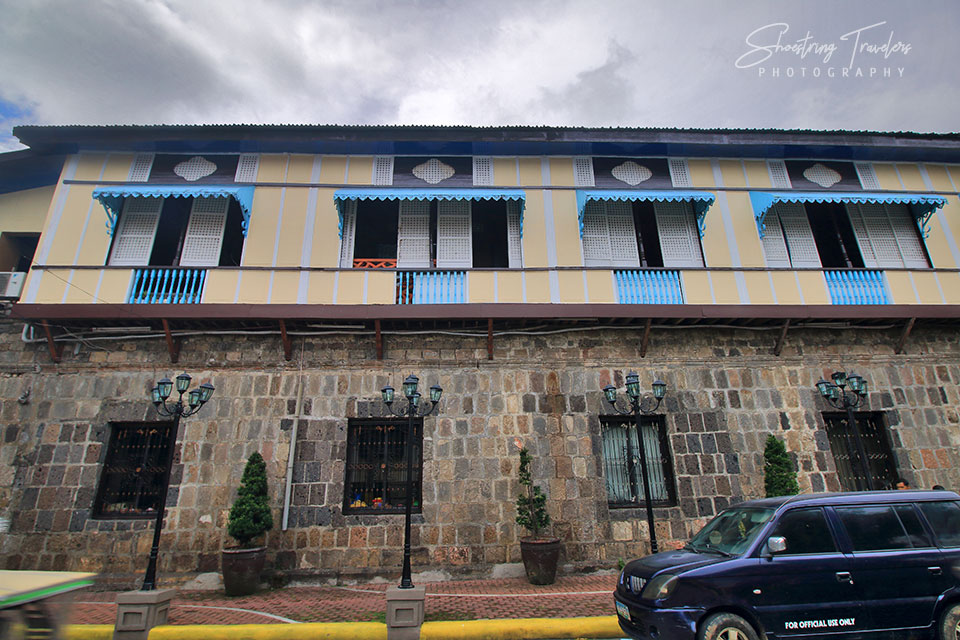

The Casa Comunidad de Tayabas, also in the town center, was Tayabas’ old tribunal during the Spanish era and one of its famous landmarks. It was originally constructed in 1776 using light materials and renovated in 1831 with a ground floor of masonry and wooden upper floor like many structures during the period. This was the tribunal where local hero Apolonio de la Cruz, better known as Hermano Pule, was sentenced to death by firing squad after leading an uprising against the discriminatory practices of Spanish Catholic Church. Casa de Comunidad de Tayabas now has a museum, a gallery, and a municipal library inside. When we visited the Casa, however, we were not able to tour all its interior as it was being prepared for the shooting of a TV series.
Tayabas used to be the capital of the province with the same name. That large province was renamed Quezon in 1946 with the northern part separating to form the province of Aurora in 1979. Tayabas also used to be one of the biggest municipalities in the country. Somehow, it seemed to have retreated into the backwater as nearby towns and cities developed more rapidly. But its storied past along with peaceful nature retreats made a visit to this quaint city worth the time and effort.
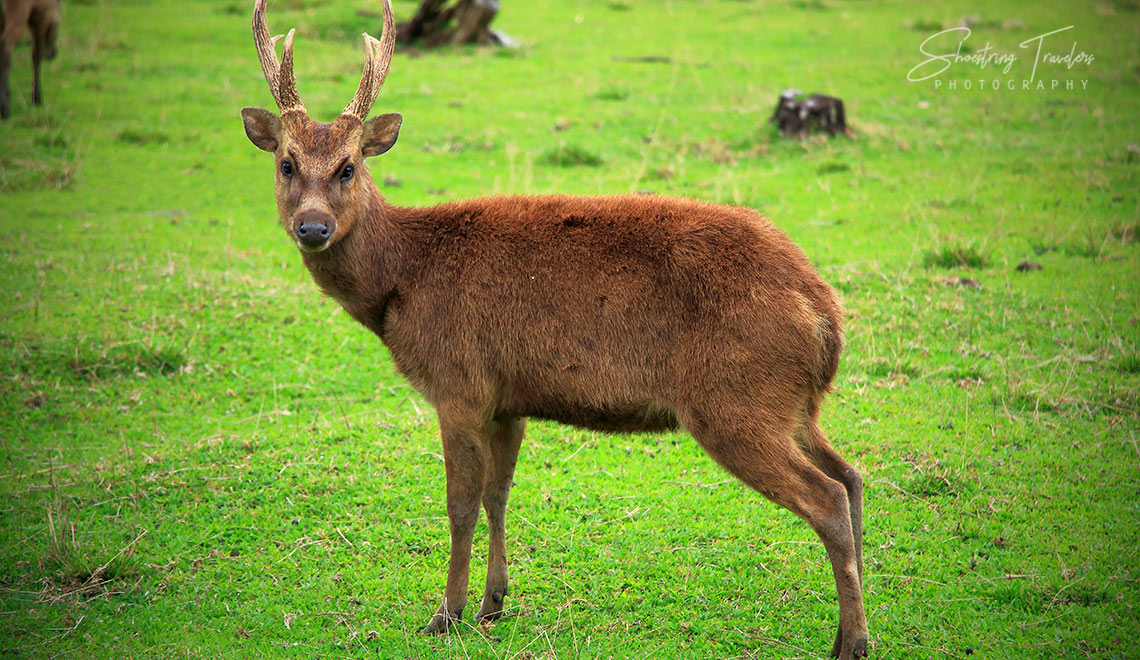
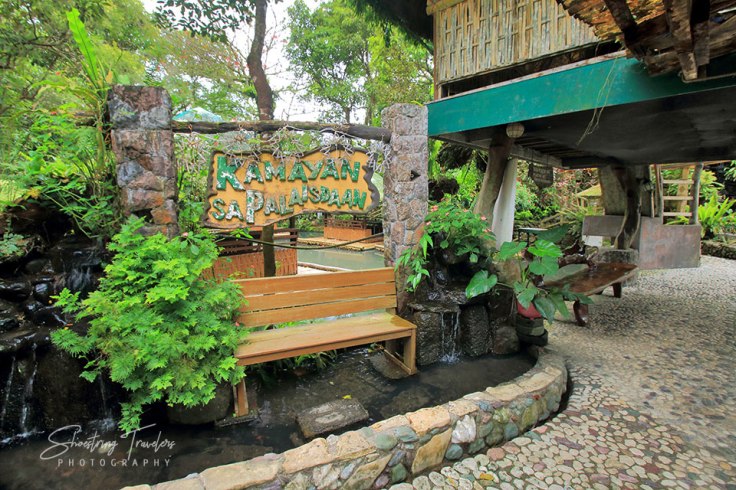
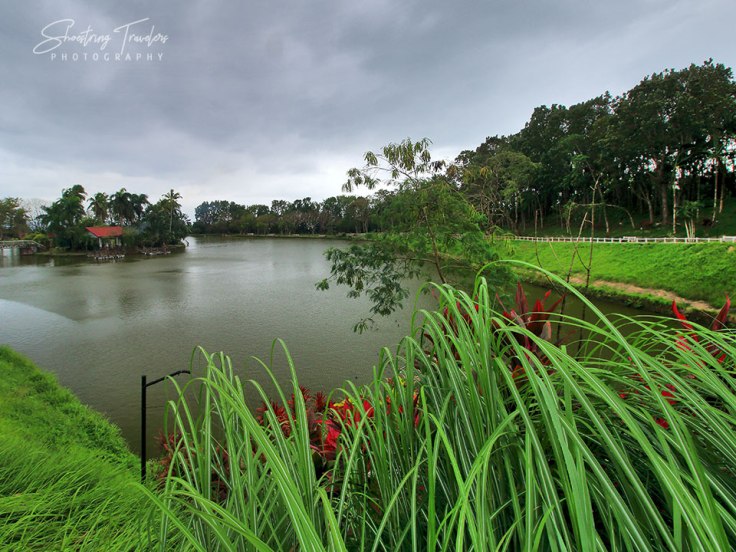
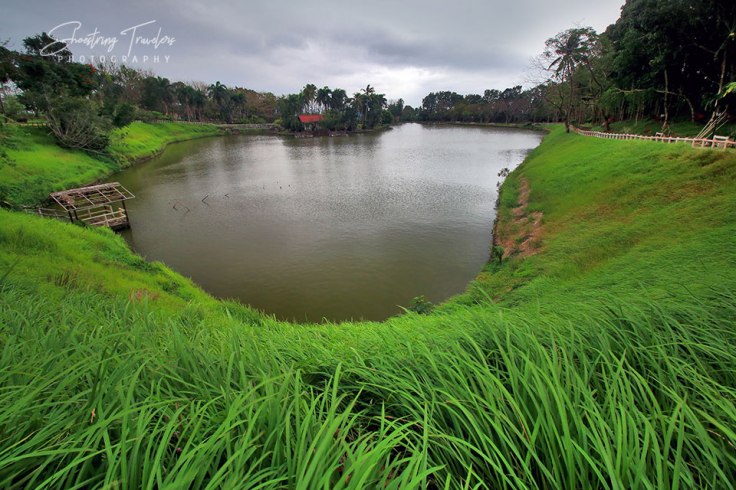
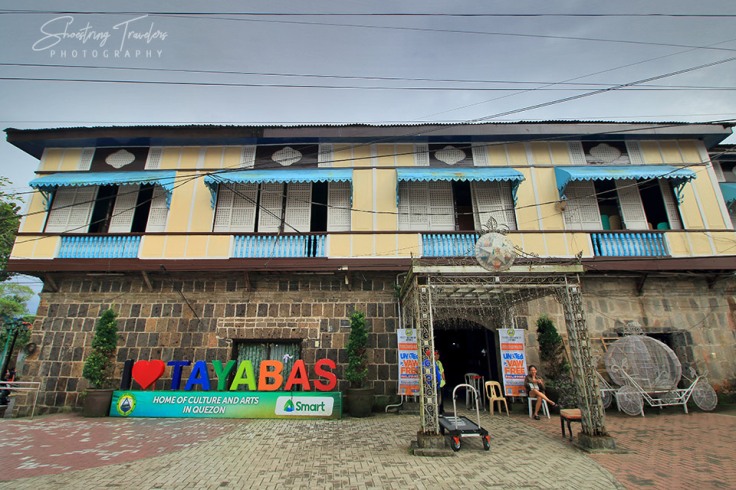











Meron pala talagang usa sa Pilipinas. Akala ko ‘usa’pan lang. 🙂
Problema lang marami masyadong may gusto ng tapang usa dito. Kaya kumokonti na sila. 😢
Interesting — I didn’t know there’s more to Tayabas. The architecture shots are superb, and Graceland is a big surprise, specially the deer conservation, great shots. Hope it gets more traction. Thanks for sharing!
Thanks Nes! There’s a few more historic sites we could have explored in Tayabas such as an old chapel-cemetery and Spanish era arch bridges (Tayabas seems to be the town or city with the most in the region). But we had to drive back to Tiaong. Next time…
very nice
Thank you!